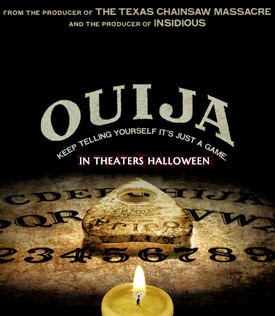Essay Plan Assignment: Compare and Contrast the treatment of history in Caravaggio (1986) and Girl With A Pearl Earring (2003)
This is an essay plan based on the title below.
Compare and contrast the treatment of history in Derek Jarman’s Caravaggio (1986) and Peter Webber’s Girl with a Pearl Earring (2003).
I have looked at and researched deeply into both films; Caravaggio (1986) and Girl with a Pearl Earring (2003), looking at it critically and personally. I used internet sources, e.g. articles on online newspapers such as The Guardian1 comparing not just the plot and character similarities but its historical similarities and the way this information has been portrayed. Using this space I will talk about conventions and similarities that I found within my research and own knowledge of the time periods. I will also tackle the subjects of love with sex, love for sex, pain, labour, disability and sexuality in many ways. When reading up on Caravaggio I found an article in which helps my view of this characters’ molested and lustful mind become more solid;
"The sad relics, recovered by researchers who speculate he died of sunstroke in 1610 while weaken by syphilis" 1. Here I will speak off the connection of this quote to the relevant topic of the essay.
I did not know much about either of these films or it’s topic of famous painters, however, the more I researched into them and the general history itself the more I found the subtle patterns of conventions within both movie and century.
Continuing on with my exposition I will use these paragraphs to talk about contrast within the films and history. Looking at certain aspects starting with the obvious such as; one has a female lead and the other male, moving on to history that’s laid bare and vulnerable, fragile in more ways than one. I’m also going to try and fit in a small sentence or two quickly talking about the film from an analytical side rather than as a researcher, historian or student. Stemming from this will be points made about directors and screenwriters filling in the gaps of history and certain portrayals of such scenes.
A lot of conventions within these stories and the characters personalities, as well as events that are shown and they’re outcomes, reminded me a lot of Shakespeare who wrote during the 16th and 17th century both centuries tackled within these films. I’d like to use a paragraph to speak of this, to explain the way I view the treatment of these parts of history and what my knowledge compares them to. Continuing on with the subject I will also spend a short time mentioning other films that are similar if not the same, such as; Artemisia (1997) 2.
In this conclusion I will sum up things I have used my essay to discuss, my interpretation of what I think the topic question is asking me. I will answer any questions I may have asked with the intention of not answering them until I get to here. Functional aspects of each film and overall history that I have discovered with research and opinion, how the 16th and 17th century are portrayed subtly and extremely similar. The 16th century seemed to still be learning, this character, this child with no adult sense other than lust and exposure, this last part of my essay will explain what I mean, how I got there and the treatment of history within these scenes.
Filmography/Bibliography
1- Conrad, Peter, 2010. Caravaggio: A Life Sacred and Profane. The Guardian: Art and Culture. [ONLINE]. Sunday 27th June.
2-Artemisia, 1997. Dir. Agnes Merlet. US: Miramax Zoe.



Comments
Post a Comment